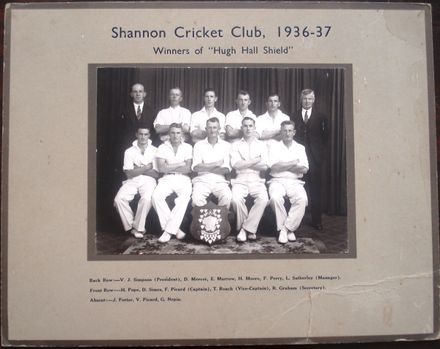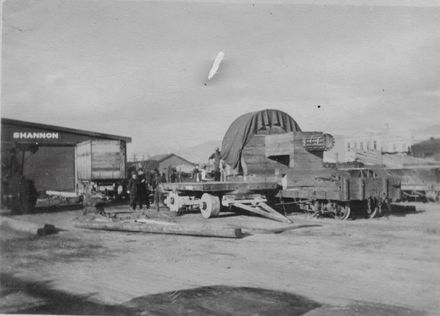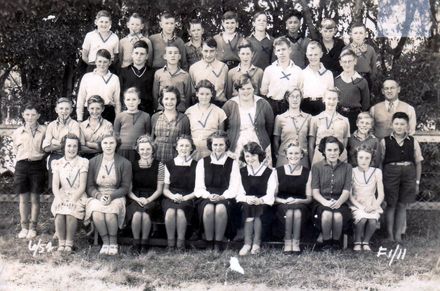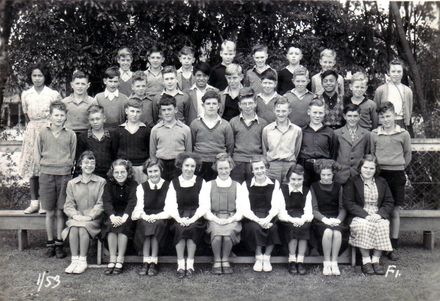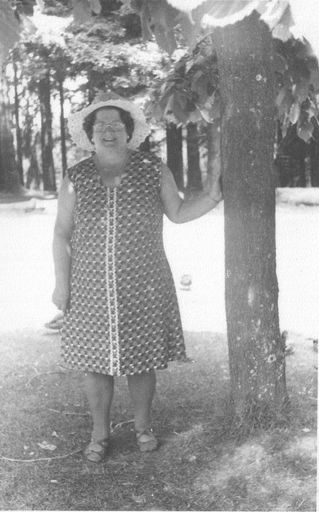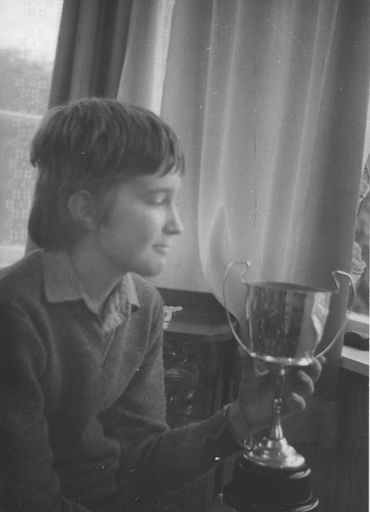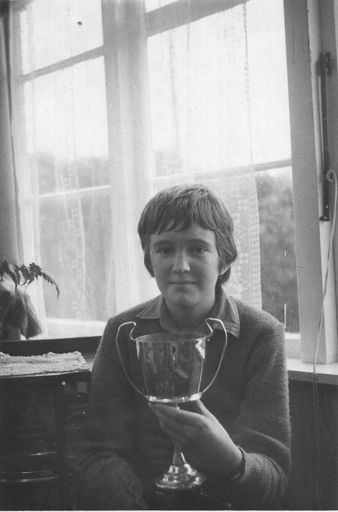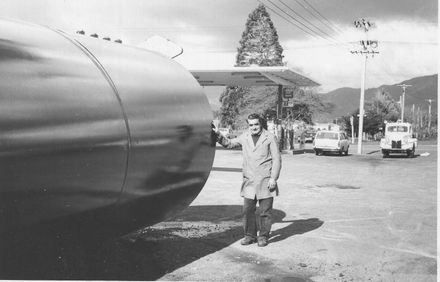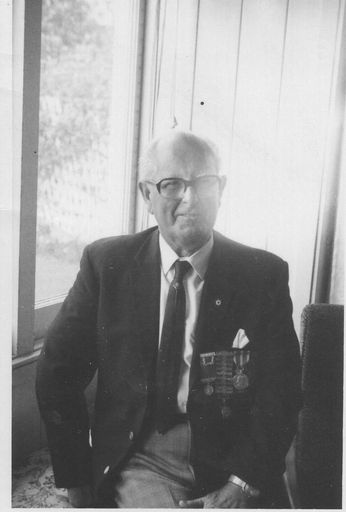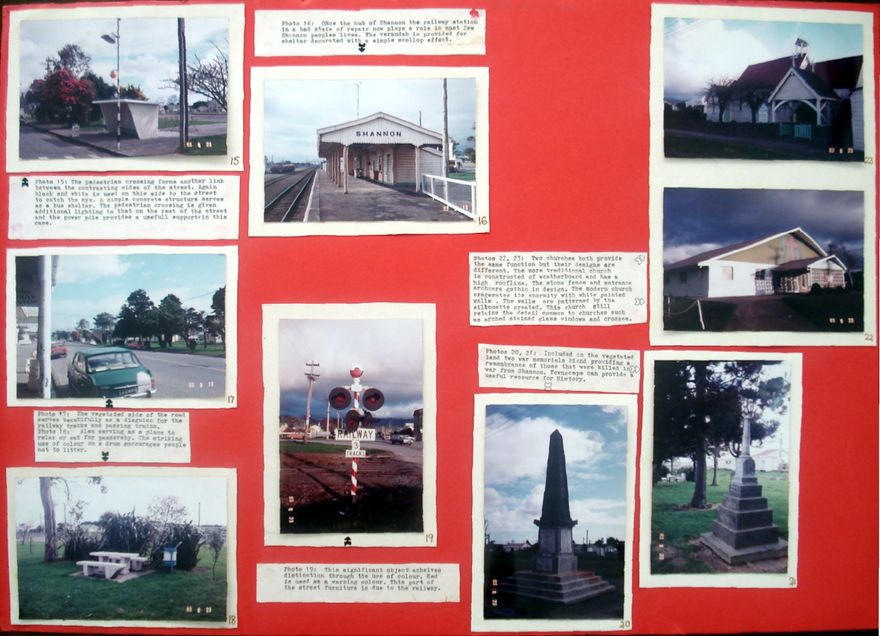 https://d28dhd8eubcyz4.cloudfront.net/iiif/2/curtis-production2-cache%2F6210%2F5%2Fd%2Ff10678-0892-4e33-8083-35f39c046b5c%2Fresize_master_65dd4f96f6dbb901b0846e40f62189d1.jpg/full/!880,1024/0/default.jpg?sig=92003d1ab3647ef9be3ce5ca25d16baa44d80fa4&ver=1580151171
https://d28dhd8eubcyz4.cloudfront.net/iiif/2/curtis-production2-cache%2F6210%2F5%2Fd%2Ff10678-0892-4e33-8083-35f39c046b5c%2Fresize_master_65dd4f96f6dbb901b0846e40f62189d1.jpg/full/!880,1024/0/default.jpg?sig=92003d1ab3647ef9be3ce5ca25d16baa44d80fa4&ver=1580151171Shannon's Townscape 1983 {Display Sheet 3}
- Description
The photos have the date incorporated as part of the photo.
Written on back with blue ballpoint pen - K. McAloon 45.231
Shannon’s Townscape 1983 {Display Sheet 3} 9 colour photo prints – mounted (with typed notes) on large red cardboard sheet
Photo #15 – Bus stop shelter – pedestrian crossing (Plimmer Terrace at Railway Station). ” #16 – Shannon Railway Station. ” #17 – Plimmer Terrace looking across to Railway Station. ” #18 – Roadside table & seats (concrete) near Railway Station. ” #19 – Railway crossing and signal lights at Grey Street / Sheehan Street. ” #20 – War Memorial. ” #21 – Percy Nation Memorial. ” #22 – St Joseph’s Catholic Church. ” #23 – Anglican Church of the Venerable Bede.
Typed notes [complete with errors] - Photo 15: The pedestrian crossing forms another link between the contrasting sides of the street. Again black and white is used on this side to the street to catch the eye. A simple concrete structure serves as a bus shelter. The pedestrian crossing is given additional lighting to that on the rest of the street and the power pole provides a usefull support in this case.
Photo 16: Once the hub of Shannon the railway station in a bad state of repair now plays a role in most few Shannon peoples lives. The verandah is provided for shelter decorated with a simple scollop effect.
Photo 17: The vegetated side of the road serves beautifully as a disguise for the railway tracks and passing trains. Photo 18: Also serving as a place to relax or eat for passersby. The striking use of colour on a drum encourages people not to litter.
Photo 19: This significant object acheives distinction through the use of colour. Red is used as a warning colour. This part of the street furniture is due to the railway.
Photos 20, 21: Included on the vegetated land two war memorials blend providing a remembrance of those that were killed in war from Shannon. Townscape can provide a useful resource for history.
Photos 22, 23: Two churches both provide the same function but their designs are different. The more traditional church is constructed of weatherboard and has a high roofline. The stone fence and entrance arch are gothic in design. The modern church exagerates its enormity with white painted walls. The walls are patterned by the silhouette created. This church still retains the detail common to churches such as arched stained glass windows and crosses.
Any use of this image must be accompanied by the credit “Horowhenua Historical Society Inc.”
Identification
- Date
- August 13, 1983 to August 23, 1983
Taxonomy
- Community Tags

